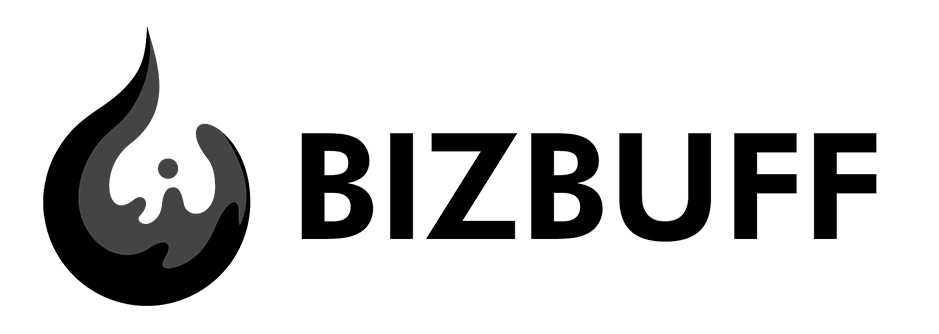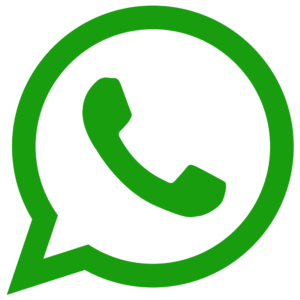The Web is a very competitive place. Getting people to your website is only half the battle. Once they are there, you need to keep them engaged. You also want to give them reasons to return to the site in the future and to share the site with others in their social circles. If this sounds like a tall order, that’s because it is. Website management and promotion is an ongoing endeavor.
Ultimately, there aren’t any magic pills to create a great web page that everyone will visit again and again, but there are things you can do that will certainly help. Some key things to focus on are making the site as easy to use and user-friendly as possible. It should also load quickly and provide what the readers want right up front.
The ten tips in this article will help you improve your pages and make them something your readers are interested in reading and passing on to others.
1 . YOUR PAGES MUST LOAD FAST

If you do nothing else to improve your web pages, you should make them load as fast as possible. Internet connections may have gotten faster and faster over the year, but no matter how fast the average connection is for your readers, there is always more data, more content, more images, more everything for them to download. You also need to consider mobile visitors who may not have such wonderful connection speeds at the moment that they are visiting your page!
The thing about speed is that people only notice it when it’s absent. So creating fast web pages often feels unappreciated, but if you follow the tips in the articles linked below, your pages won’t be slow, and so your readers will stay longer.
2 . YOUR PAGES SHOULD ONLY BE AS LONG AS THEY NEED TO BE

Writing for the web is different from writing for print. People skim online, especially when they first get to a page. You want the content of your page to give them what they want quickly, but provide enough detail for those who want expansion on the basics. You basically need to walk that fine line between having too much content and having too little detail.
3 . YOUR PAGES NEED GREAT NAVIGATION

If your readers can’t get around on the page or on the website they won’t stick around. You should have navigation on your web pages that is clear, direct, and easy to use. The bottom line is that if your users are confused by a site’s navigation, the only place they will navigate to is a different site altogether.
4 . YOU SHOULD USE SMALL IMAGES
Small images are about the download speed more than the physical size. Beginning web designers often create web pages that would be wonderful if their images weren’t so large. It’s not okay to take a photograph and upload it to your website without resizing it and optimizing it to be as small as possible (but no smaller).
CSS sprites are also a very important way to speed up your site images. If you have several images that are used across several pages on your site (such as social media icons), you can use sprites to cache the images so that they do not need to be re-downloaded on the second page your customers visit. Plus, with the images stored as one larger image, that reduces the HTTP requests for your page, which is a huge speed enhancement.
5 . YOU SHOULD USE APPROPRIATE COLORS

Color is critical on web pages, but colors have meanings to people, and using the wrong color can have the wrong connotation if you’re not careful. Web pages are, by their very nature, international. Even if you intend your page for a specific country or locality it will be seen by other people. And so you should be aware of what the color choices you use on your web page are saying to people around the world. When you create your web color scheme keep in mind color symbolism.
6 . YOU SHOULD THINK LOCAL AND WRITE GLOBAL

As mentioned above, websites are global and great websites recognize that. You should make sure that things like currencies, measurements, dates, and times are clear so that all your readers will know exactly what you mean.
You should also work to make your content “evergreen”. This means that, as much as possible, content should be timeless. Avoid phases like “last month” in your text, because that immediately dates an article.
7 . YOU SHOULD SPELL EVERYTHING CORRECTLY
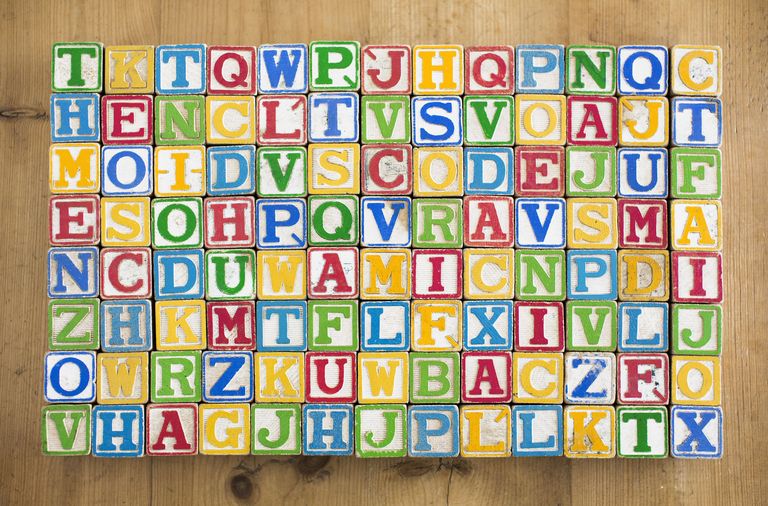
Very few people are tolerant of spelling errors, especially on a professional website. You can write a completely error free topic for years, and then have one simple “teh” instead of “the” and you will get irate emails from some customers, and many will give up in disgust without contacting you at all. It may seem unfair, but people judge websites by the quality of the writing, and spelling and grammar errors are an obvious indicator of quality for many people. They may feel that if you are not careful enough to spellcheck your site, the services you provide will also be haphazard and mistake-prone.
8 . YOUR LINKS MUST WORK
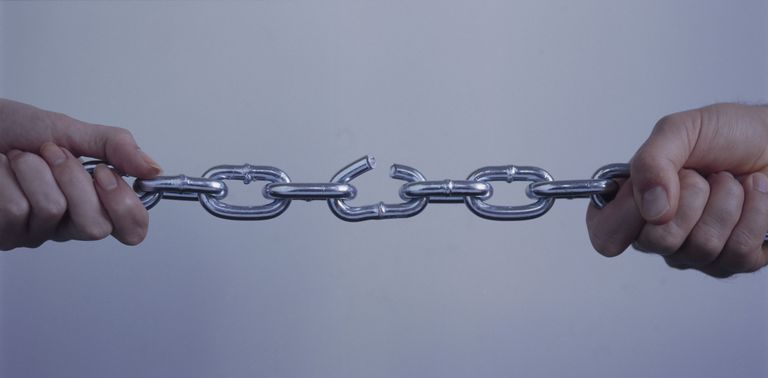
Broken links are another sign for many readers (and search engines, too) that a site is not well maintained. Think about it this way, why would anyone want to stick around on a site that even the owner doesn’t care for? Unfortunately, link rot is something that happens without even noticing. So it’s important to use an HTML validator and link checker to help you check older pages for broken links. Even if links were coded properly at the launch of the site, those links may need to be updated now to ensure they are all still valid.
9 . YOU SHOULD AVOID SAYING JUST CLICK HERE
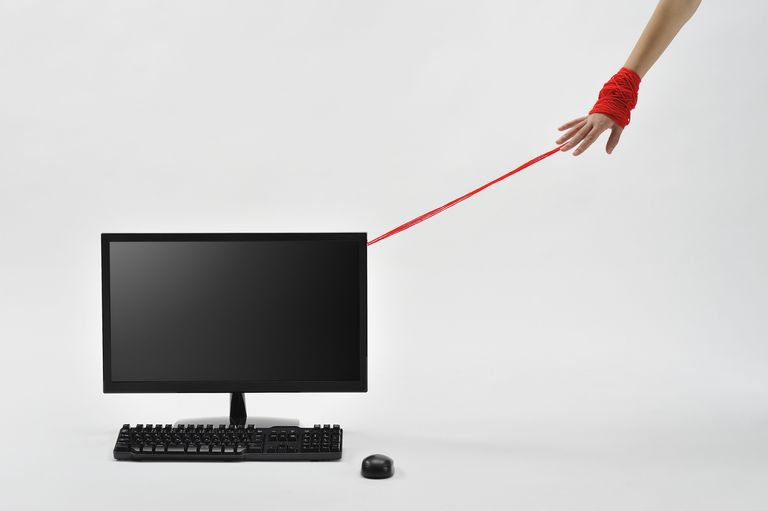
Remove the words “Click Here” from your website vocabulary! This is not the right text to use when you are linking text on a site.
Annotating your links means that you should write links that explain where the reader is going to go, and what they are going to find there. By creating links that are clear and explanatory, you help your readers and make them want to click.
While I don’t recommend writing “click here” for a link, you may discover that adding that type of directive right before a link can help some readers understand that the underlined, different colored text is intended to be clicked on.
10 . YOUR PAGES SHOULD HAVE CONTACT INFORMATION

Some people, even in this day and age, may be uncomfortable with contact information on their website. They need to get over this. If someone cannot easily contact you on a site, they won’t! That likely defeats the purpose of any site hoping to be used for business reasons.
One important note, if you do have contact information on your site, follow up on it. Answering your contacts is the best way to create a long-lasting customer, especially as so many email messages go unanswered.
Original article by Jennier Krynin. Edited by Jeremy Girard on 5/2/17.


 中文 (香港)
中文 (香港)